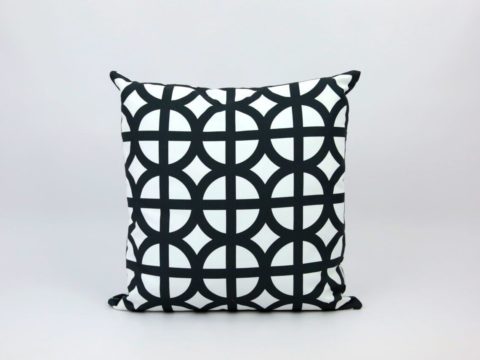Mary Queen of Scots
A Film Review
The trouble with spending so much time researching the Tudors and Stewarts, is that it becomes hard to suspend one’s critical faculties when reading the huge quantities of historical fiction about the period – or when watching dramatisations. I had to give up on The Tudors on television, and other portrayals have had me shouting at the screen ‘No! That didn’t happen!’ ‘or ‘There is no evidence for that!’ and similar futile fumings. So, it will be no surprise to learn that my colleague and I entered the cinema to see the new Mary, Queen of Scots film with some trepidation.
Well – we were more than pleasantly surprised. The film was gripping from the start, as we moved between the four stars of the show: Mary, played brilliantly by Saoirse Ronan, whose self-belief, and determination to be a good ruler shone through; Elizabeth (Margot Robbie), trapped between the rock of her own shaky claim to the throne, and the hard place of her subjects’ conflicted religious loyalties; John Knox, whose zeal and utter conviction was believable, even when terrifying (I’ll never see Dr Who re-runs without imagining David Tennant with an Old Testament prophet’s beard); and the mesmerising Scottish scenery.
Whilst there were minor historical inaccuracies (I’ll come back to the big one), none of them were substantial. Mary’s insistence on her position as Elizabeth’s heir is in line with the facts – as was her attempt to work with Knox, and her willingness to ride out with her army to crush rebellion. The atmosphere of duplicity and plotting at the Scottish court was extremely well done, and the unholy alliance of Moray, Ruthven and Maitland in plotting the death of Riccio, whilst making Darnley their fall-guy (deservedly!), was convincing.
At Elizabeth’s court, Cecil’s role in destabilising Scotland deliberately is very well supported by the evidence – and Elizabeth’s ambivalence about it was clear. It was also good to see the relationship between Elizabeth and Leicester not just as his attempt to grab power, but as a closeness based on genuine affection. If only Mary could have had someone she could rely on – the shocking abuse of her trust by her half-brother, her husband, and later by Bothwell, are devastating to see.
Whilst the hair-styles were a little odd (and the last scenes of Elizabeth with white maquillage and a bright red wig made me think of Ronald MacDonald) the costumes were in keeping with the period – and I, for one, was glad that they didn’t ‘accidentally’ fall off, exposing royal breasts. There were sex scenes, but they were essential to the story – reinforcing the sixteenth century notion that control of the queen’s body and fertility was the key to grasping power.
There were two theatrical devices in the film that were dramatic licence – Elizabeth’s rather odd obsession with creating panels of red and white Tudor roses out of streamers, and the meeting of the queens. The former strange hobby was vindicated as a plot device, when it was used to contrast Mary’s physical fertility with Elizabeth’s lack of an heir of her body. The second is, of course, more controversial, as the queens never met, despite Mary’s eagerness to do so. The way the meeting was staged – with the women weaving in and out of hangings, talking, yet not seeing each other, seemed to me an excellent impression of the truth: they wove in and out of each other’s lives – trying but failing to communicate, and always with opposing goals – the triumph of one, must be the defeat of the other. I was reminded of something that Elizabeth’s mother, Anne Boleyn, said of Elizabeth’s step-sister, Mary of England ‘I am her death, or she is mine.’
For those with less knowledge of the events, the sudden change from Mary being in charge of events, to events being in charge of her, is somewhat difficult to follow, but to squeeze all the drama, the wins and the losses of her nine years as a ruling queen into a couple of hours would be impossible. Viewers are recommended to find out more about these two truly remarkable queens, from some of the articles and books listed to the right of this article.
We strongly recommend seeing the film.
Mary, Queen of Scots
Family Tree






